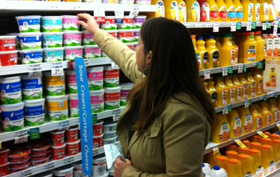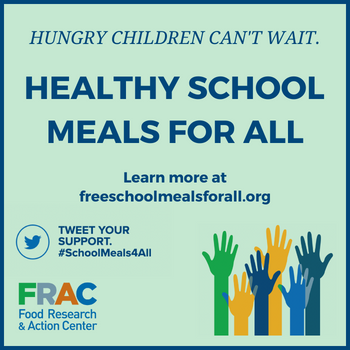
FRAC Urges USDA, States to Quickly Issue SNAP Benefits
On November 12, the president signed the funding bill passed by Congress, ending the longest government shutdown in U.S. history. Millions of Americans can now breathe a sigh of relief knowing that their Supplemental Nutrition Assistance Program (SNAP) benefits are on the way. FRAC urges the U.S. Department of Agriculture (USDA) and states to quickly deliver benefits and alleviate the harm.
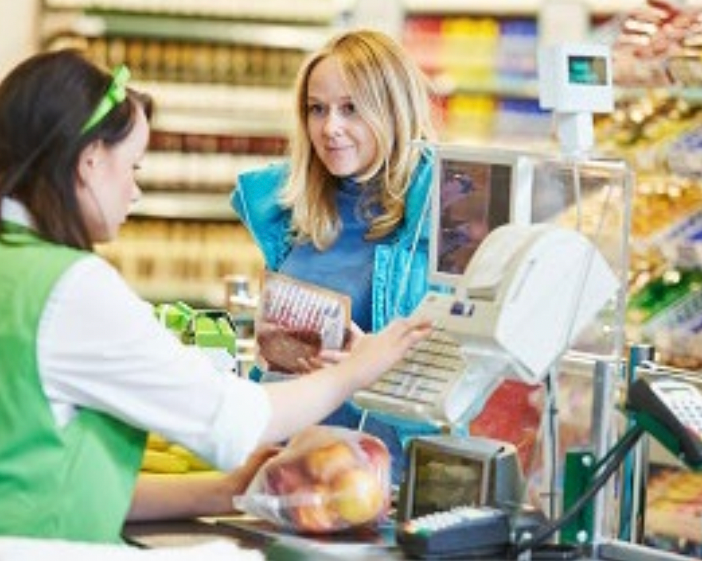
Government Shutdown Resources
Learn more about the shutdown’s impact on SNAP in FRAC’s blogs, SNAP Benefits Update: What Happens Next and WHy the Timeline Varies by State (October 31, 2025), A Behind the Scenes Look at SNAP, How Will a Government Shutdown Affect SNAP Benefits?, and Political Will and Administrative Priorities.

SNAP Advocacy Needed
The Restoring Food Security for American Families and Farmers Act of 2025 would repeal the damaging budget reconciliation cuts to the Supplemental Nutrition Assistance Program (SNAP) and will soon be introduced.
Take Action:
Read and share the letter organized by FRAC and the Center on Budget and Policy Priorities (CBPP) calling on Members of Congress to cosponsor the Restoring Food Security for American Families and Farmers Act of 2025.
Individuals — Use the FRAC Action Network to urge your Members of Congress to pass the Restoring Food Security for American Families and Farmers Act.

The Budget Reconciliation Law (H.R. 1) Makes Unprecedented Cuts to SNAP
The budget reconciliation bill (H.R. 1), signed into law by President Trump on July 4, 2025, imposes sweeping changes to the Supplemental Nutrition Assistance Program (SNAP).
The law shifts costs to states, expands time limits and work requirements, and eliminates eligibility for groups long protected under humanitarian policy. Though implemented locally, these changes were federally designed to weaken SNAP by making it more costly and politically unsustainable at the state level.
Find a two-page summary of key provisions here. FRAC’s full analysis is available here. Find additional coverage below:
- SNAP Cuts in H.R. 1: Billionaires Win, Working Families Lose
- Q&A: How Does the New SNAP Time Limits Policy Affect You? What States and Families Need to Know
- 12 Actions Advocates and States Should Take Now to Mitigate Harm of H.R. 1 SNAP Cuts
- How Cuts to the Nation’s Largest Nutrition and Health Programs Will Hurt Families and Young Children
- SNAP’s Critical Role in Rural Communities – and the Consequences of Cuts
By providing monthly benefits to eligible people with low incomes to purchase food, the Supplemental Nutrition Assistance Program (SNAP) plays a critical role in reducing hunger, malnutrition, and poverty, and improving family security, child and adult health, employment, and other outcomes.
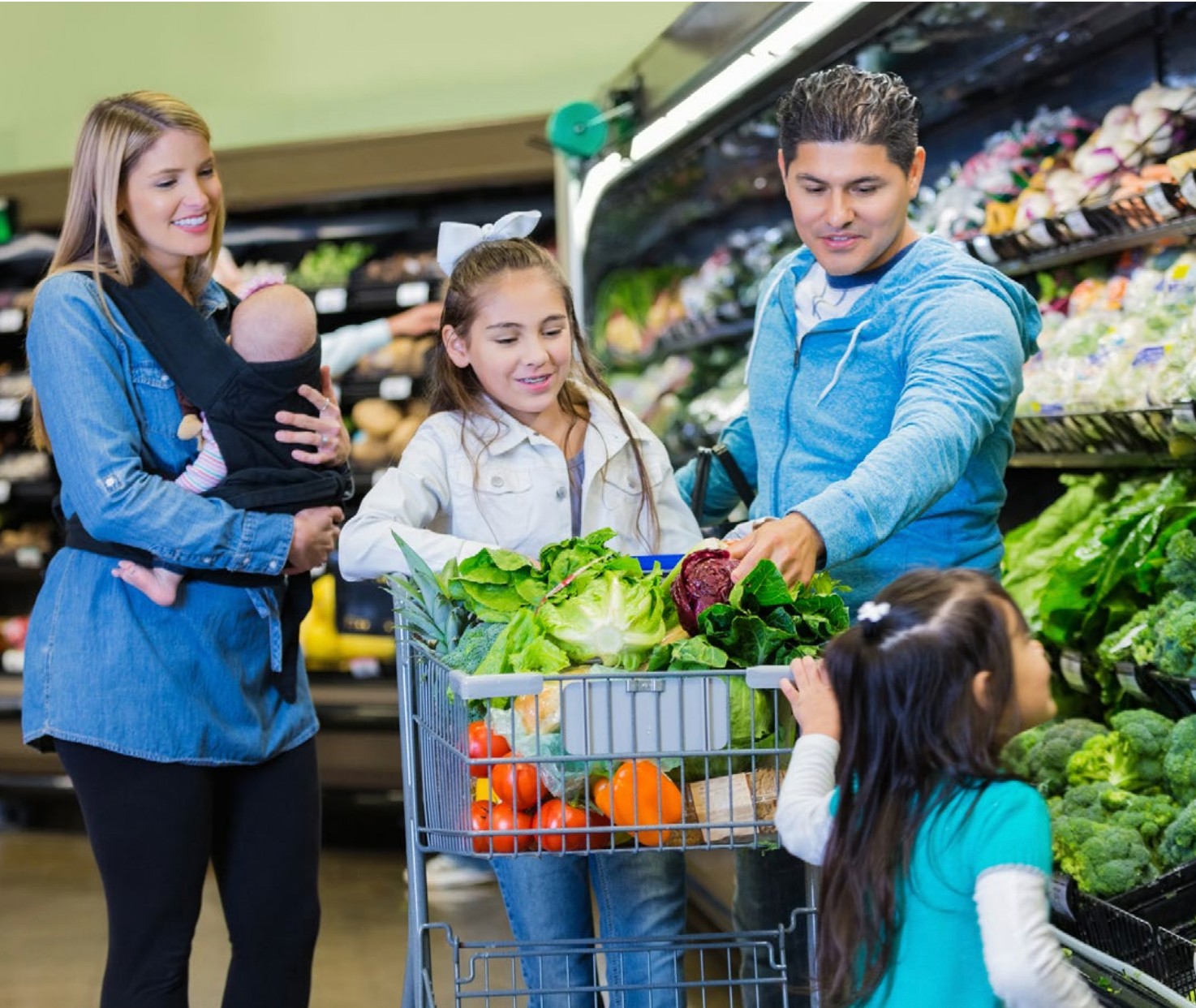
SNAP Choice Is The Right Choice
Restricting SNAP is a short-sighted strategy that fails to address the root causes of a poor diet: limited resources, affordability, and proximity to healthy food. The Trump administration’s efforts to push states, for the first time in history, into adopting policies that restrict what people can purchase using SNAP benefits are motivated less by health concerns and more by weakening the program.
Congress must adhere to bipartisan and public support to preserve consumer choice for the Supplemental Nutrition Assistance Program (SNAP).
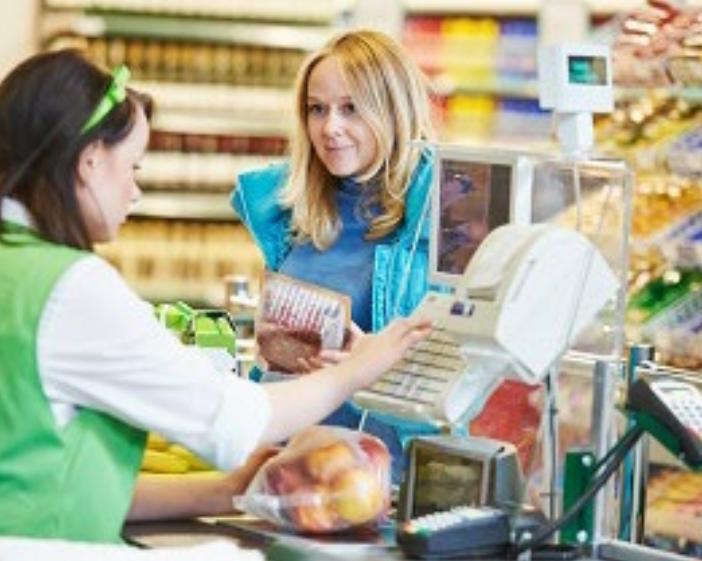
National SNAP Data Fact Sheet
As food insecurity and food prices continue increasing, protecting and strengthening SNAP is more important than ever. Discover SNAP’s impact across the U.S. in FRAC’s national SNAP fact sheet. To explore the program’s impact in your state, visit our state-by-state SNAP fact sheets.

SNAP Matters: Quotes from Participants
SNAP matters. Learn why in FRAC’s SNAP Matters two-pager, which features quotes from SNAP recipients on the federal nutrition program’s value and importance. Learn why cuts to SNAP will be disastrous for people with low incomes by exploring the testimonials of SNAP participants.
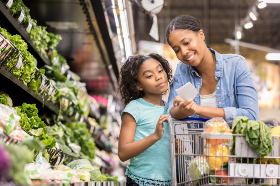
Continuing the Thrifty Food Plan Adjustment Is Good for Everyone
The bipartisan 2018 Farm Bill directed USDA to update the Thrifty Food Plan. The resulting update in 2021 was the first in the plan’s history and led to a necessary and long overdue increase in SNAP benefits. Learn why the Thrifty Food Plan adjustment should be protected from efforts to eliminate or weaken it in FRAC’s, Continuing the Thrifty Food Plan Adjustment Is Good for Everyone.

Food Fuels Futures: Expanded SNAP Eligibility Reduces Hunger Among College Students
FRAC’s Food Fuels Futures: Expanded SNAP Eligibility Reduces Hunger Among College Students research brief — informed by interviews with college students — sets forth reasons why SNAP student eligibility expansions in response to the COVID-19 pandemic were so vital to college students and why decision-makers should build on these lessons and eliminate the “work-to-eat rule” so that more college students can focus on learning rather than being distracted by hunger.

SNAP Benefit Adequacy
The monthly benefits provided by SNAP enhance the food purchasing power of eligible low-income individuals and families. However, the greatest shortcoming of SNAP is that benefits for most households are not enough to get through the entire month without hunger or being forced to sacrifice nutrition quality.

Closing the SNAP Gap
The “SNAP Gap” is the gap between those eligible to enroll in SNAP and those actively enrolled in SNAP. FRAC and partners have conducted research in multiple regions, states, and cities to identify strategies to close the SNAP Gap.

Disaster Relief Resources
The federal nutrition programs are dynamic near-term responders in the wake of natural disasters. Find out more with FRAC’s extensive Disaster-SNAP and related resources.
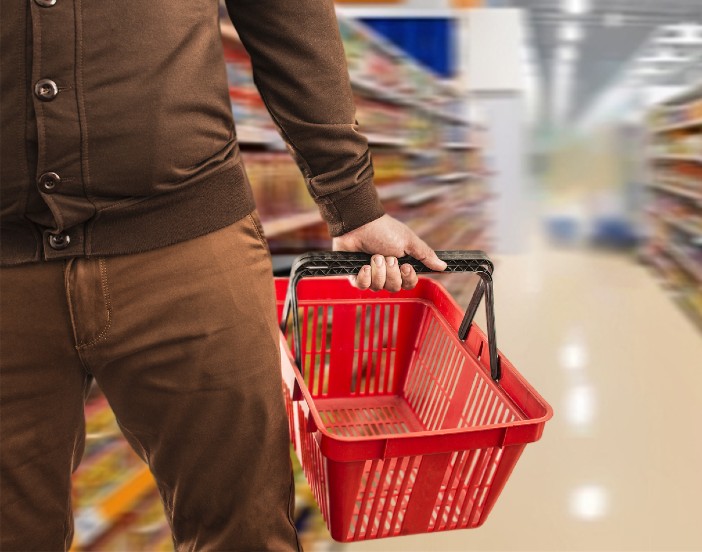
SNAP Data by Congressional District – Updated With FY 2018 Characteristics
Explore These Topics
- Quick Facts
- SNAP helped lift 3.2 million Americans out of poverty in 2018.
- According to recent studies, it is estimated that each dollar in federally funded SNAP benefits during a recession generates between $1.50 and $1.80 in economic activity. SNAP is targeted to go to the lowest-income people in our country.
- The federal government pays 100 percent of SNAP benefits. Federal and state governments share administrative costs (with the federal government contributing nearly 50 percent).
- SNAP is the largest nutrition assistance program administered by the U.S. Department of Agriculture. SNAP was previously named the Food Stamp Program until Oct. 1, 2008.
- Every five years, SNAP is reauthorized by Congress as part of the Farm Bill. The reauthorization establishes who is eligible for SNAP and addresses program access, benefit levels, and other matters. Find out more…
- FRAC ResourcesGet FRAC reports, graphics, and more.
- SNAP’s StrengthsSNAP is the largest nutrition assistance program administered by the U.S. Department of Agriculture. It serves as the first line of defense against hunger. Without SNAP, hunger in this country would be far, far worse. Here are the reasons why we need to urge policymakers to protect and strengthen this effective program:
- SNAP reduces hunger and food insecurity by providing very low-income people desperately needed, targeted assistance to purchase food at grocery stores, farmers’ markets, and other regular commercial food outlets, through an effective and efficient Electronic Benefit Transfer (EBT) system.
- Because SNAP benefits are so urgently needed by families, they are spent quickly — 97 percent of benefits are redeemed by the end of the month of issuance — thereby bolstering local economies.
- According to estimates issued by USDA and others, each $1 in SNAP benefits during an economic downturn generates between $1.50-1.80. SNAP is targeted to go to the lowest-income people in our country. This includes millions of working poor families.
- SNAP reaches key vulnerable populations — 81 percent of SNAP households include a child, an elderly person, or a person with disabilities; 86 percent of all SNAP benefits go to such households. While losing a job is the most common event causing a household to seek SNAP, 53 percent of SNAP households with children in fiscal year 2019 worked and had earnings; only 10 percent of SNAP households with children received TANF.
- Research has found that receipt of SNAP in early childhood improved high school graduation rates, adult earnings, and adult health.
- When the national, regional, state, or local area economy is in trouble, SNAP is among the most effective government responses. SNAP reacts quickly and robustly to economic problems. This has been seen most clearly and dramatically at the start of the recession in 2008, when millions of people became newly unemployed or underemployed. The program responded quickly to provide desperately needed help in the downturn. Accordingly, SNAP caseload and spending is declining as the economy slowly improves.
- SNAP lifted 2.5 million Americans out of poverty in 2019, according to the Census Bureau’s Supplemental Poverty Measure.
- SNAP is nearly as effective as the Earned Income Tax Credit in lifting families above the poverty line, and far more effective than any other program in lifting families out of deep poverty.
- SNAP relieves pressure on overwhelmed food banks, pantries, religious congregations, and other emergency food providers across the country. They recognize the comprehensive approach needed to end hunger and see SNAP as the cornerstone of national, state, and local anti-hunger efforts, and are the first to note their inability to meet added demand that would come from weakening SNAP.
- What Is The SNAP Challenge?Imagine going to the grocery store and having only $6 per day to fill your cart. This is the reality for many people who participate in the Supplemental Nutrition Assistance Program (SNAP).
By taking FRAC’s SNAP Challenge, held between March 18 – 20, 2025, participants got a glimpse of what life is like for tens of millions of people who struggle to put food on the table.
SNAP Challenge Guidelines
- The length of the Challenge is up to you — you can do it for a day, a few days, or the full week. We recommend three days.
- Participants should spend no more than $6 per person per day on food.
- Participants can buy any food and non-alcoholic beverages, except for hot foods (like hot rotisserie chicken), which are not permissible purchases with SNAP benefits under federal law.
Check out FRAC’s SNAP Challenge Toolkit to learn more.
